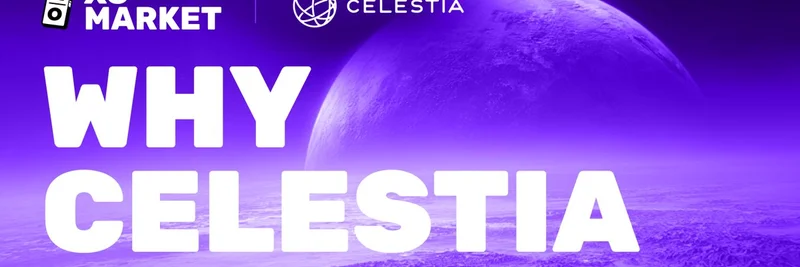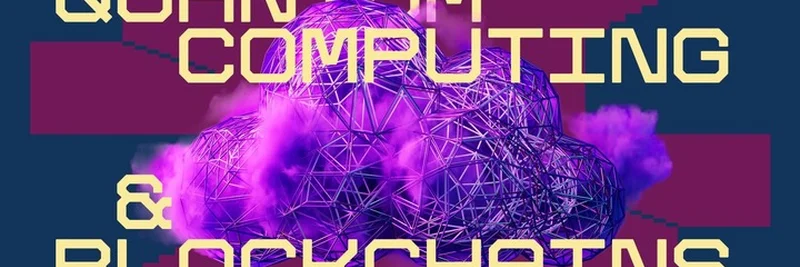In the fast-paced world of crypto, where conviction trading—essentially betting on your beliefs about events, trends, or even meme tokens—needs to be as quick and responsive as a tap on your screen, infrastructure matters a lot. That's the key takeaway from a recent thread by XO Market on X (formerly Twitter), where they break down why they've built their platform on Celestia. If you're into blockchain tech or looking to understand how modern crypto platforms achieve that snappy user experience (UX), this is worth your attention.
XO Market, a platform for open conviction markets where users can create, trade, and share beliefs using ❌⭕ symbols, emphasizes that their system runs on its own network powered by EV Stack with Celestia underneath. But why Celestia? Let's unpack it step by step, just like the thread does.
The Problem with Monolithic Chains
Traditional blockchains, often called monolithic chains, bundle everything—execution, settlement, consensus, and data availability—into one single blockspace. Think of it like a busy highway where everyone's traffic competes for the same lanes. You end up paying higher fees because you're subsidizing everyone else's activity. Verification becomes resource-intensive, and costs can skyrocket during peak times.
For a platform like XO Market, where users expect instant price updates and real-time crowd feedback on trades (they call it CrowdFeed), this setup is a deal-breaker. Slowdowns or high fees could kill the fun and efficiency of trading convictions on everything from crypto trends to viral memes.
How Celestia Changes the Game
Celestia takes a modular approach, separating concerns to make things more efficient. Here's the breakdown:
- Consensus and Data Availability (DA): Celestia handles these foundational layers, ensuring data is secure and available without bloating the system.
- Execution and Settlement: XO Market's own network takes care of these, allowing for customized performance.
This split brings big wins for users:
- Cheaper Operations: By using byte-priced blobs (small packets of data), costs drop significantly compared to monolithic setups.
- Faster Verification: Light-client verification means you don't need to download massive amounts of data—just enough to confirm everything's legit.
- Gasless UX: No more worrying about gas fees for every action, leading to a smoother, more intuitive experience.
Imagine trading on a meme token's potential virality without waiting ages for confirmations or paying through the nose— that's the promise here.
Key Tech Primitives Behind the Magic
The thread highlights two core features that make Celestia stand out:
- Data Availability Sampling (DAS): Instead of downloading an entire block to verify it, users sample just a few random pieces. It's like checking a few pages of a book to confirm the whole story is there—efficient and secure.
- Namespaced Merkle Trees (NMTs): These organize data so each market or application has its own dedicated "lane." Proofs ensure no data is missed or tampered with, keeping everything isolated and verifiable.
These aren't just buzzwords; they're what allow XO Market to scale without compromising on security or speed.
Why Celestia Hits the Sweet Spot
In the crowded field of DA layers, trade-offs between cost, security, and performance are common. Celestia balances them perfectly: it's abundant (plenty of capacity), verifiable (easy to check), and affordable. That's why XO Market chose it as their foundation.
If you're building or trading in the crypto space, especially around meme tokens where hype moves fast, understanding modular blockchains like Celestia can give you an edge. For a fuller technical breakdown, check out XO Market's deep dive on Medium.
This thread isn't just promo—it's a glimpse into how innovative infra is shaping the future of conviction markets. Whether you're a blockchain practitioner or a casual meme trader, keeping an eye on Celestia could pay off big time. What are your thoughts on modular vs. monolithic chains? Drop them in the comments!



